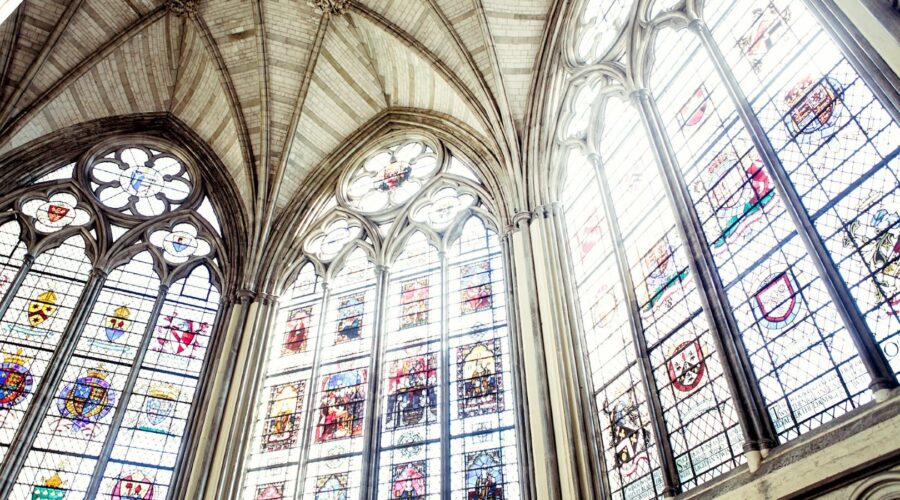Your cart is currently empty!
Saint Margaret of Scotland: The Queen Who Changed a Nation

Introduction
Saint Margaret of Scotland, also known as Margaret of Wessex, was a medieval queen consort of Scotland. She is a significant figure in Scottish history, known for her piety, charity, and enduring legacy. This detailed blog post will explore the life and contributions of Saint Margaret, shedding light on her role as a royal figure, a religious icon, and a symbol of Scottish national identity.
Early Life and Family
Margaret was born in approximately 1045 in Wessex, England, into the royal family of the House of Wessex. Her father was Edward the Exile, the son of King Edmund Ironside. Her mother, Agatha, was the daughter of Emperor Henry III of the Holy Roman Empire.
Exile and Return
Margaret’s family faced political challenges, and she was forced into exile with them at a young age. They sought refuge at the court of her uncle, King Stephen I of Hungary. After the death of her father, Margaret and her mother returned to England, where she spent her adolescence in the convent of Wilton Abbey.
Marriage to Malcolm III
In 1070, Margaret married Malcolm III, the King of Scotland. Their marriage had a profound impact on Scottish society, ushering in a period of cultural and religious transformation.
Political Alliance
The marriage between Margaret and Malcolm strengthened the political ties between Scotland and England. It also helped to stabilize the Scottish monarchy during a period of turmoil.
Religious Influence
Margaret was a devout Christian, and she played a central role in reforming the Scottish Church. She introduced Benedictine monasticism, founded abbeys and churches, and encouraged the spread of Christianity throughout the kingdom.
Charity and Social Reforms
Margaret was known for her compassion and generosity towards the poor and the needy. She established hospitals, almshouses, and schools, providing support and education to those in need.
Social Justice
Margaret worked to improve the lives of Scottish women. She promoted women’s rights and reformed laws that discriminated against them.
Children and Legacy
Margaret and Malcolm had six children, including two who became kings of Scotland: Edgar and Alexander I. Her children continued her legacy of piety and reform, shaping the future of Scottish history.
Sainthood
After her death in 1093, Margaret was canonized by Pope Innocent IV in 1250. She is now considered a saint in both the Catholic and Anglican churches.
Historical Significance
Saint Margaret of Scotland had a lasting impact on Scottish history, religion, and society. Her contributions to the nation include:
- Religious reform and the spread of Christianity
- Social justice and the advancement of women’s rights
- Strengthening of the Scottish monarchy and political stability
- Establishment of a legacy of piety and charity
Cultural Heritage
Saint Margaret of Scotland remains an important figure in Scottish culture and heritage. Her name is associated with numerous churches, schools, and hospitals throughout the country.
Feast Day
Margaret’s feast day is celebrated on November 16th in the Catholic Church and on November 13th in the Anglican Church.
Shrine
Margaret’s tomb in Edinburgh Castle is a popular pilgrimage site, where devotees seek her intercession and blessings.
Conclusion
Saint Margaret of Scotland was an extraordinary woman who played a pivotal role in shaping the history and identity of the Scottish nation. Her legacy as a royal figure, religious icon, and symbol of social change continues to inspire and guide Scots to this day.